Romeo Lane and Juliet Terrace were Melbourne’s dodgiest streets
They might sound charming, but Melbourne’s Romeo Lane and Juliet Terrace were anything but nice places to visit. Infested with thieves and brothels, there was only one fix: changing their names.
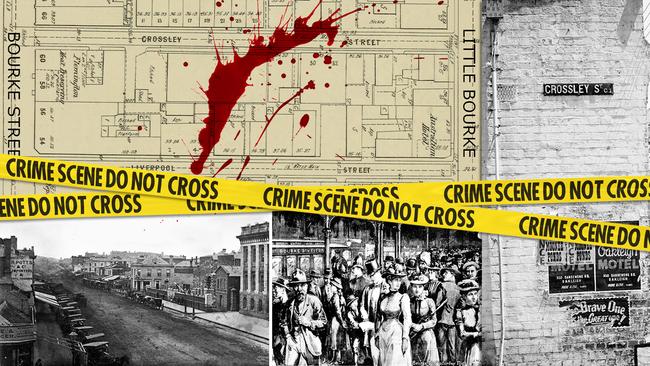
VIC News
Don't miss out on the headlines from VIC News. Followed categories will be added to My News.
Romeo and Juliet may be the names of the principal characters in one of Shakespeare’s better-known plays, but 150 years ago they were also the names of Melbourne’s most dangerous and debauched streets: Romeo Lane and Juliet Terrace.
Today, in the block just below Melbourne’s Parliament House, running off Bourke St in a northerly direction, Liverpool and Crossley streets are recognised for their trendy bars and restaurants.
In the late 1800s, however, both streets were lined with houses infested by Melbourne’s worst thieves.
Things became so distasteful that a determined attempt was made to cleanse the area and Romeo Lane was renamed Crossley St, and Juliet Terrace: Liverpool St.
So how did this area of Melbourne become so bad?
From 1851 to 1880, fuelled by the Victorian gold rush, the era known as ‘Marvellous Melbourne’ was in full swing.

There was lots of partying to be done, and a high proportion of it happened in the hotels and restaurants at the east end of Bourke St. Romeo Lane and Juliet Terrace were dark, mysterious, thoroughfares leading away from the bright lights of Bourke St, and were a perfect base for those who wished to take advantage of drunken men with pockets full of cash.
The person who took best advantage of the business opportunities presented was Ann Shiell.
Born in 1825, Ann moved to Australia from England in the 1840s.
By the 1860s, she owned an estimated 15 houses in Romeo Lane and Juliet Terrace.
They were all brothels, all populated by thieves, and Ann was complicit in their operation.
The modus operandi was for her female tenants to find suitable targets among the men drinking in the hotels at the top of Bourke St.
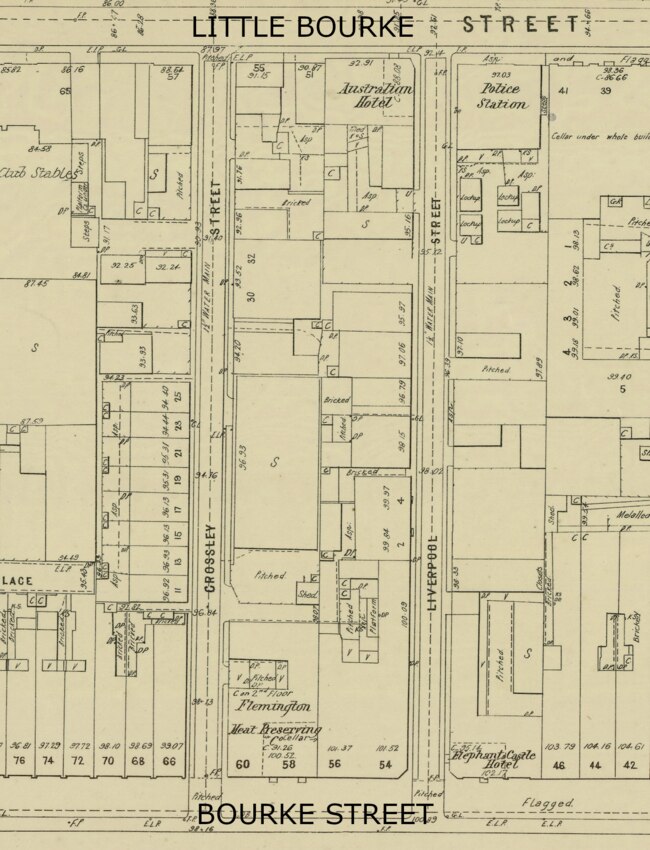
The handiest of these hotels was at the corner of Juliet Terrace: the Elephant and Castle. The men would be encouraged to shout a few drinks.
They’d then be invited back to Romeo Lane or Juliet Terrace for more drinks and other adventures – after all, the houses were only a few doors away.
In 1866, a cattle drover, George Hill, was befriended by a young woman, Mary Bennett, at the Elephant and Castle.
He returned with her to a house kept by Ann Shiell in Romeo Lane. George and Mary sojourned to an upstairs bedroom, and as George began to undress, he heard a man breathing under the bed.
Mary said that it was just the sound of rats. He was then startled by the appearance of a man’s head in the stairwell, and within an instant, Mary had him by the throat.
They tumbled down the stairs together in a less than affectionate embrace.
Meanwhile, Anne Shiell was outside, barking instructions. “Don’t let the old wretch go!” she shouted. George was held down, forcibly undressed, and his clothes passed outside for Ann’s perusal. She hit the jackpot, finding £146 in his wallet.
After multiple trials and appeals, Anne was found guilty of receiving stolen goods and sentenced to 6 months in prison.
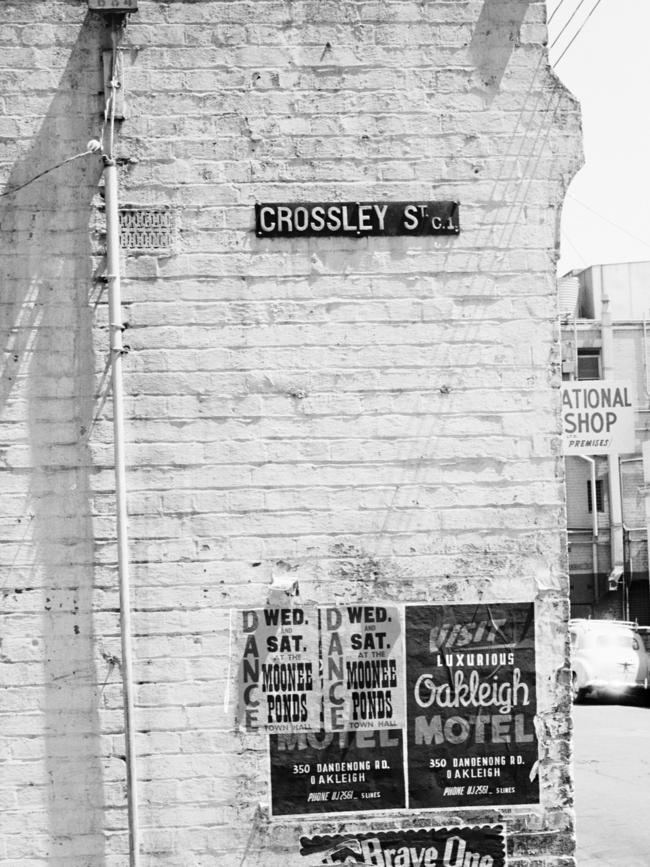
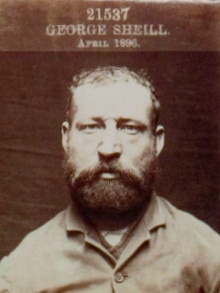

This was not the first time she’d been charged for this crime, but it was the only time she was convicted.
In 1868, another of Ann’s tenants, Sarah Robinson, invited a sailor back to her place in Romeo Lane.
When the sailor discovered that Sarah had robbed him, he attacked her.
The brothers, Dennis and Michael Clifford, came to her assistance and a knife-fight ensued. A policeman saved them from killing each other, but all three men required hospital treatment – Dennis Clifford losing an eye.
It wasn’t just the females that lured men into the houses in Romeo Lane and Juliet Terrace. In 1872, Joseph Newton and William Smith attempted to cajole a man into a house in Romeo Lane for a drink.
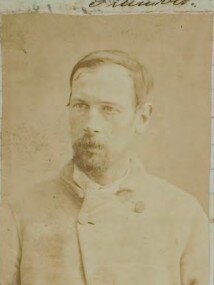
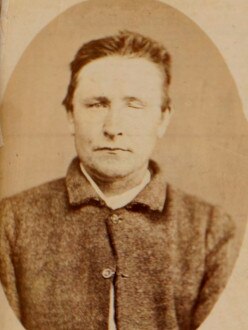
When he continued to politely decline, they pushed him inside, sat him down, and served him a glass of ale. He noticed Newton put some powder in the ale, so he pretended to drink, but poured it down his beard instead.
Incredulous that the drug was having no effect, they gave him another. Again, he poured it down his beard, and again they waited.
Eventually they became so impatient that they choked him into insensibility – and then went through his pockets.
Two of the most fearsome residents of Juliet Terrace were Margaret Leyden and Madeline Sullivan.
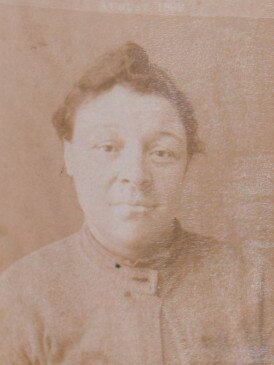
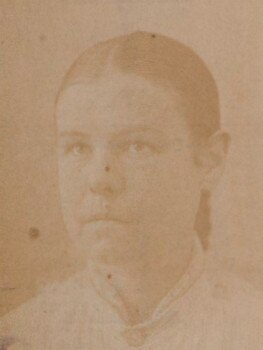
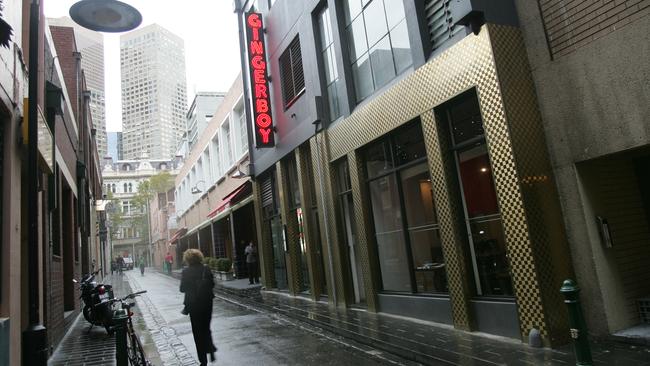
They often mugged their victims without the assistance of a male bully.
Ann Shiell’s son, George, was an extraordinarily violent man.
He was considered by police to be the worst thug in Melbourne.
Their family home in Juliet Terrace was directly behind the Little Bourke St Police Station, and George would stand in the street and dare the police to fight. He often smashed the furniture in his mother’s house and police said he beat her with a stick.
Ann died at home in 1902. She was 76. The family home, 5 Liverpool St (Juliet Terrace), was then sold. It was the only building left of her former property portfolio.
Her estate amounted to £760: a sizeable sum, but probably made less so by her stay-at-home bully of a son.
The bad days weren’t yet over for Romeo Lane and Juliet Terrace, but they were beginning to improve.
READ MORE:
